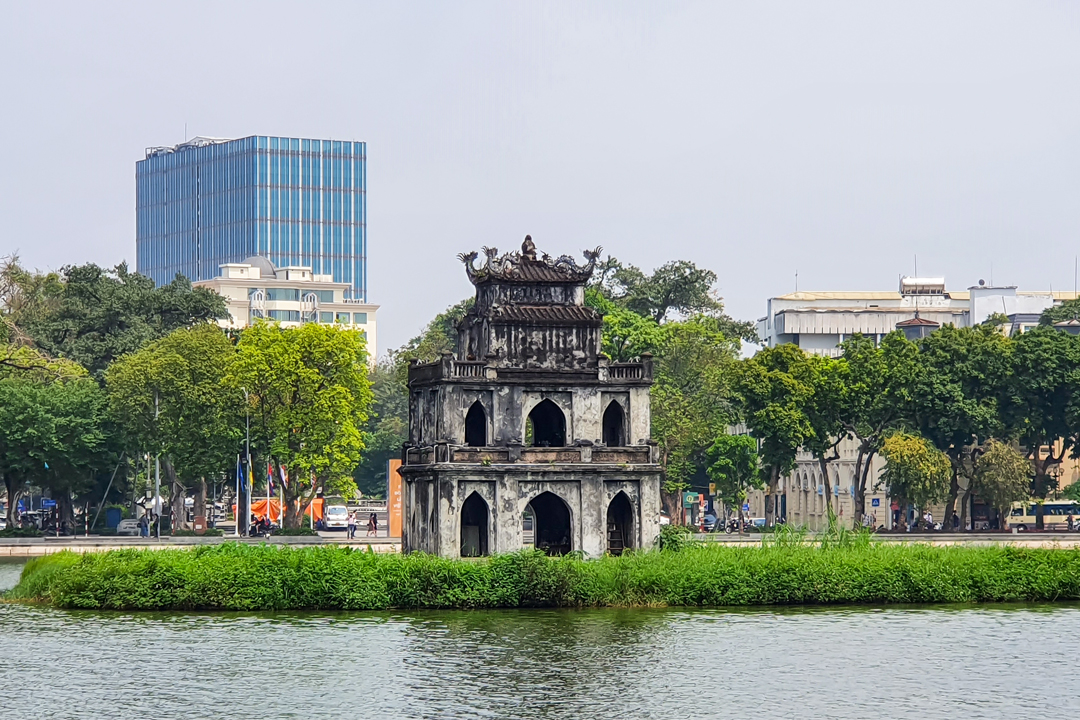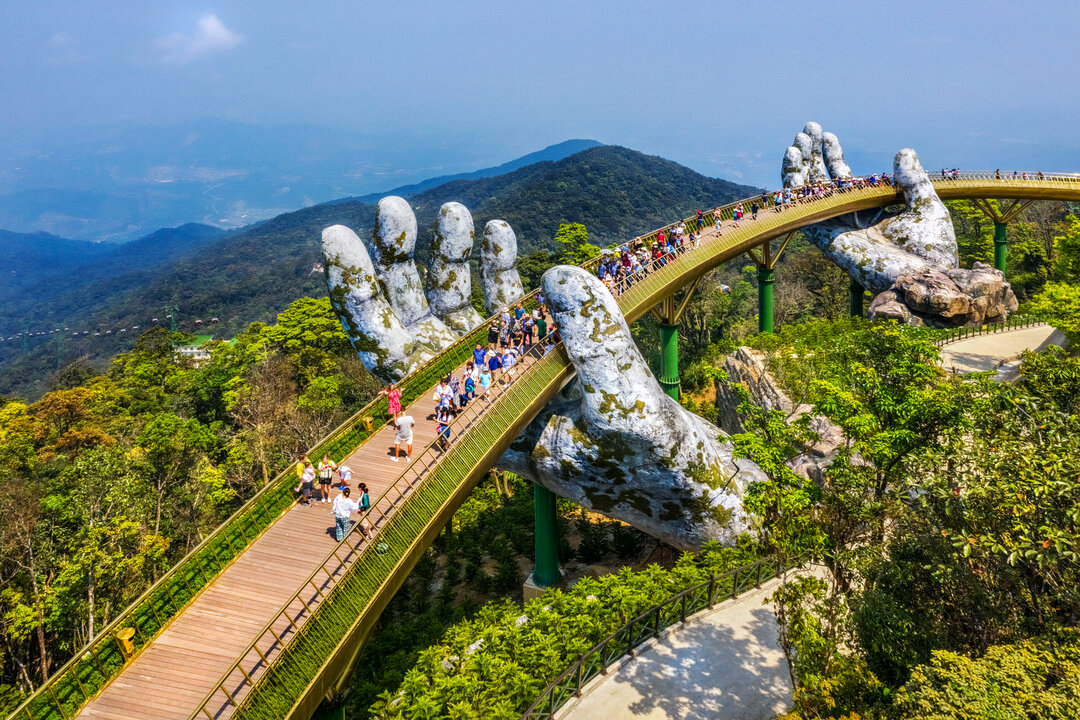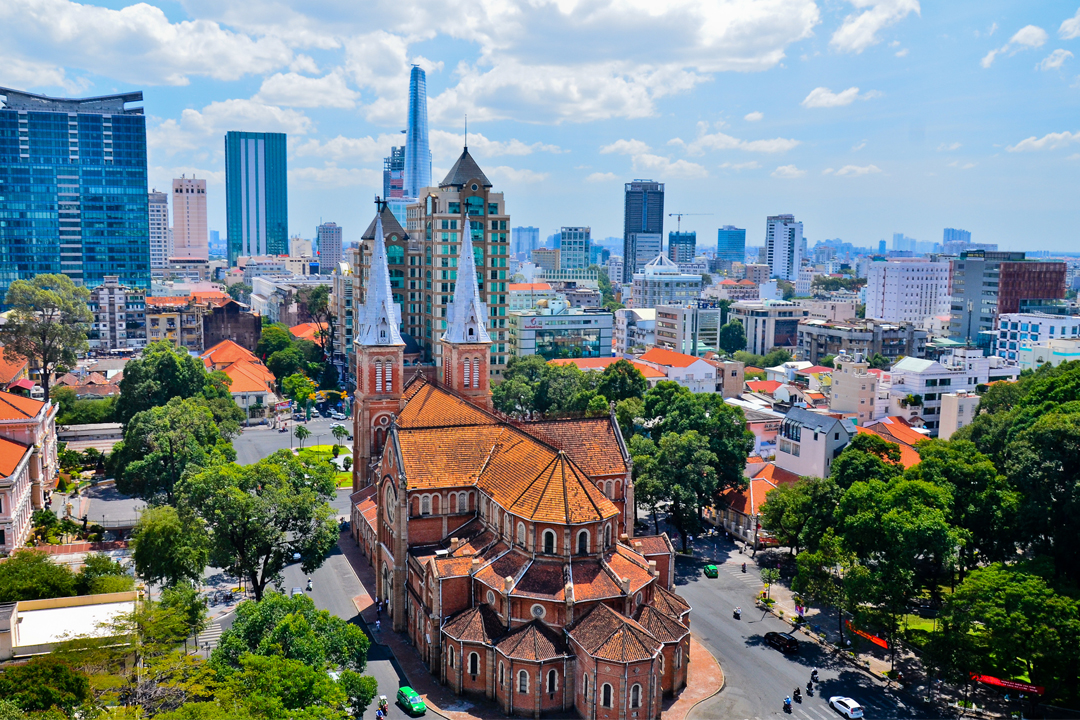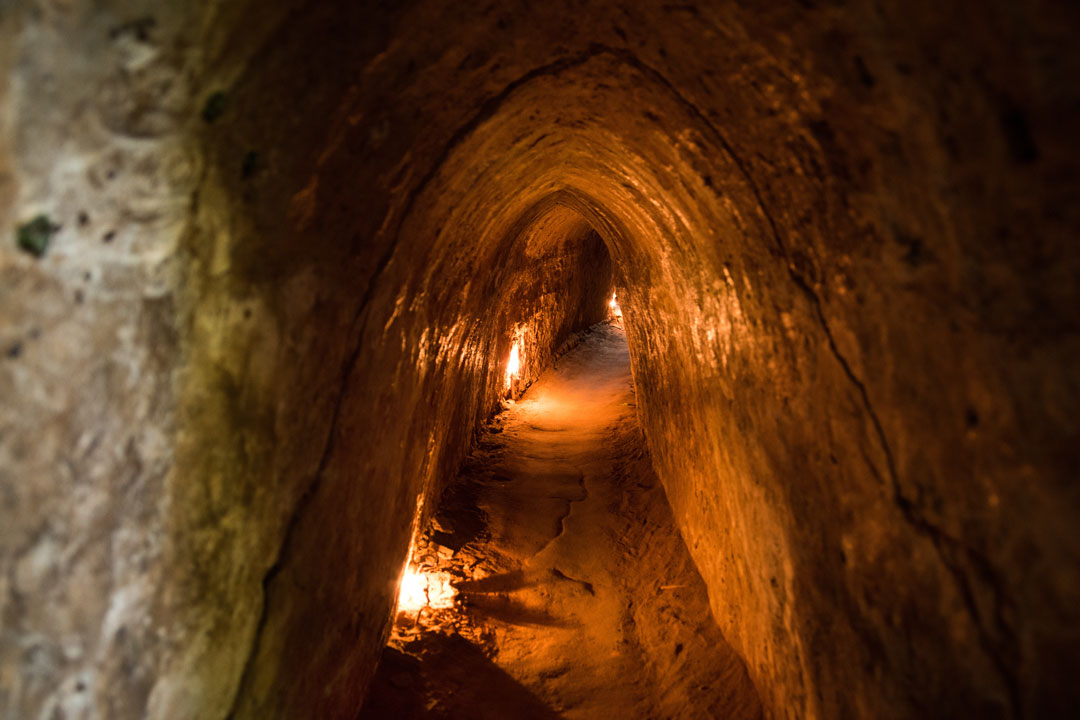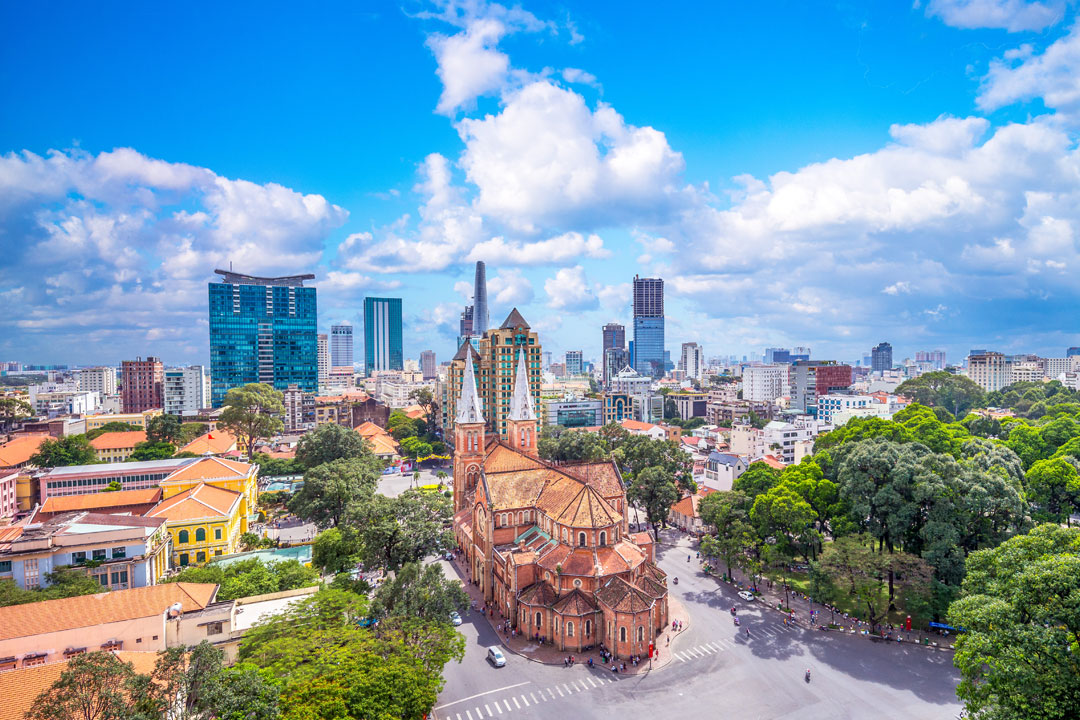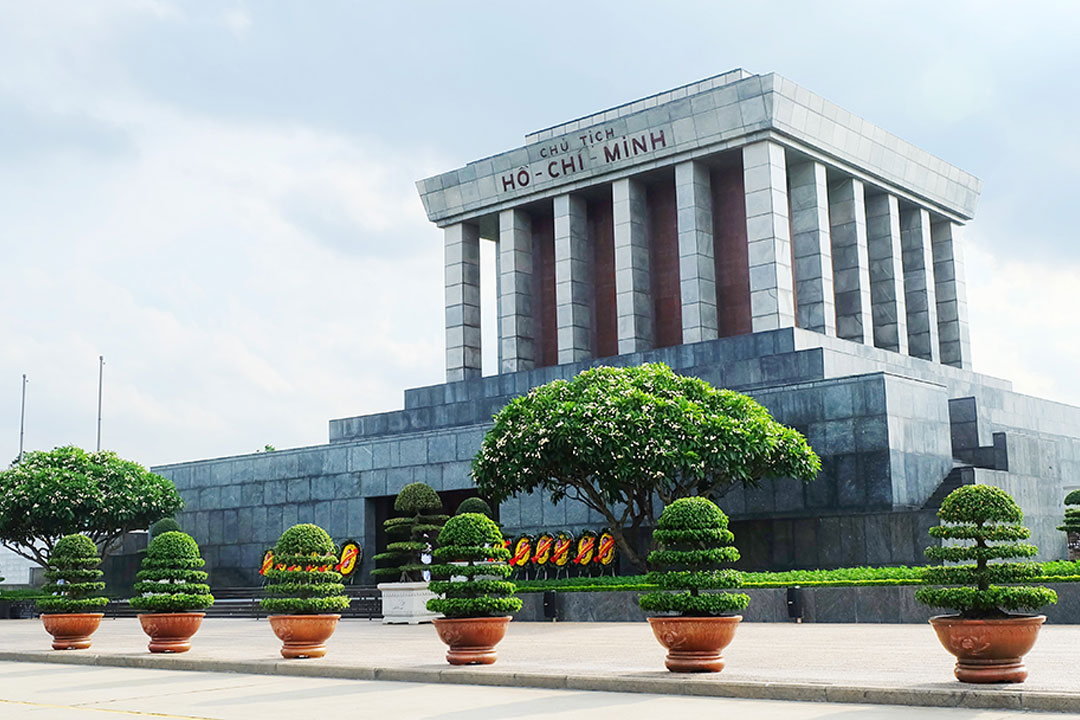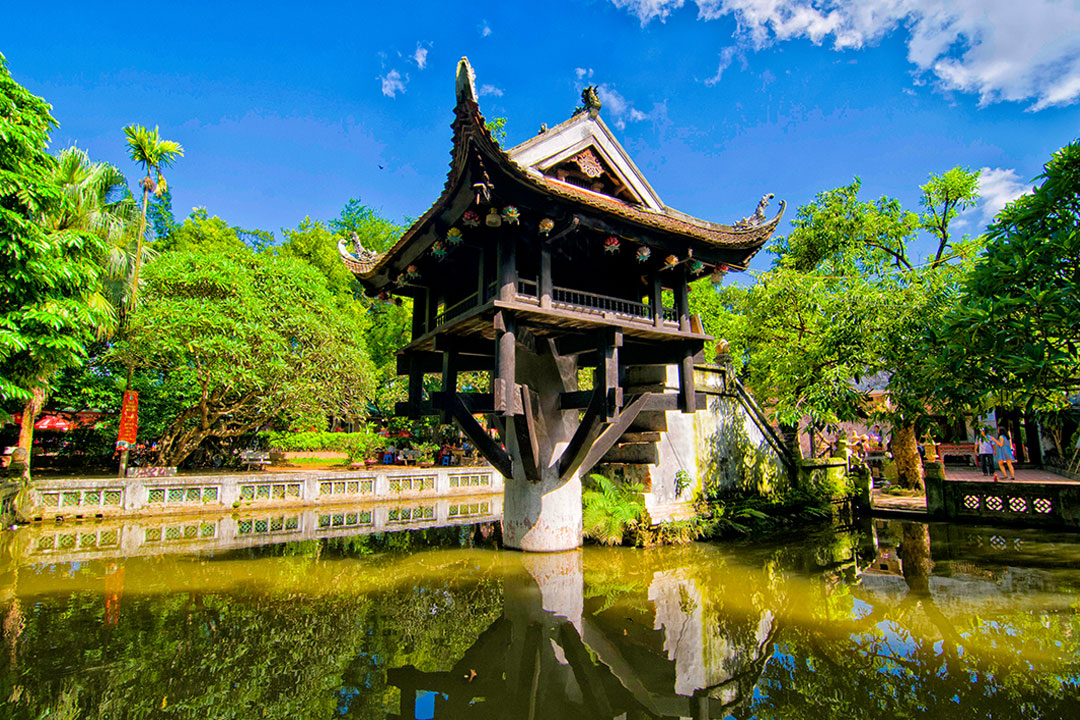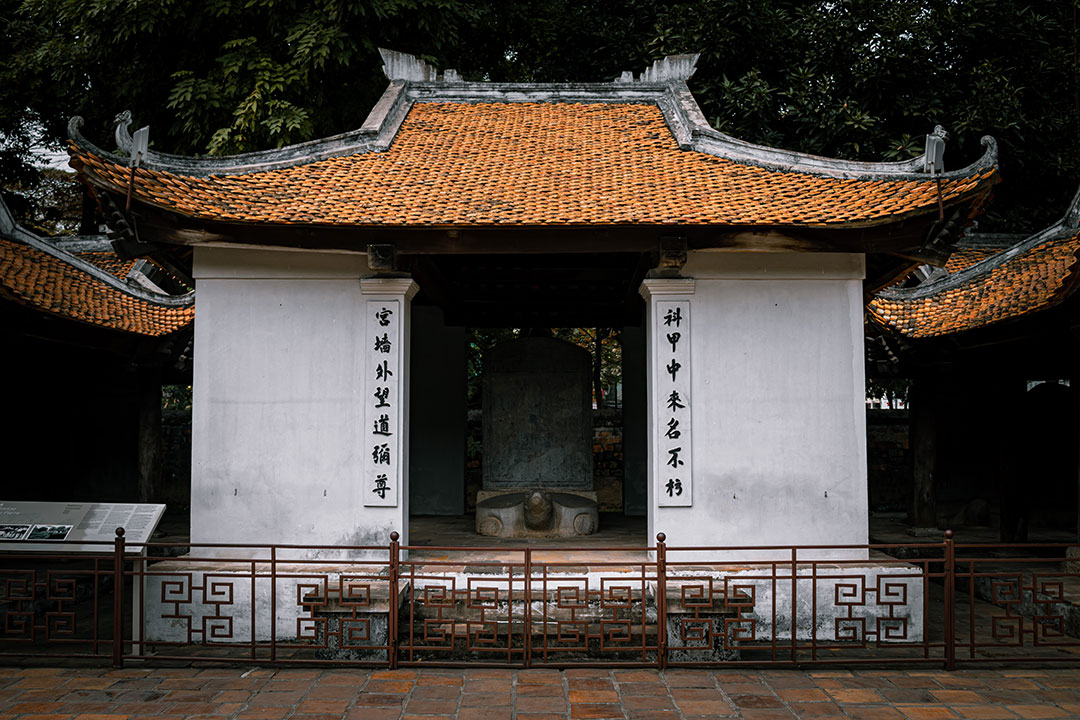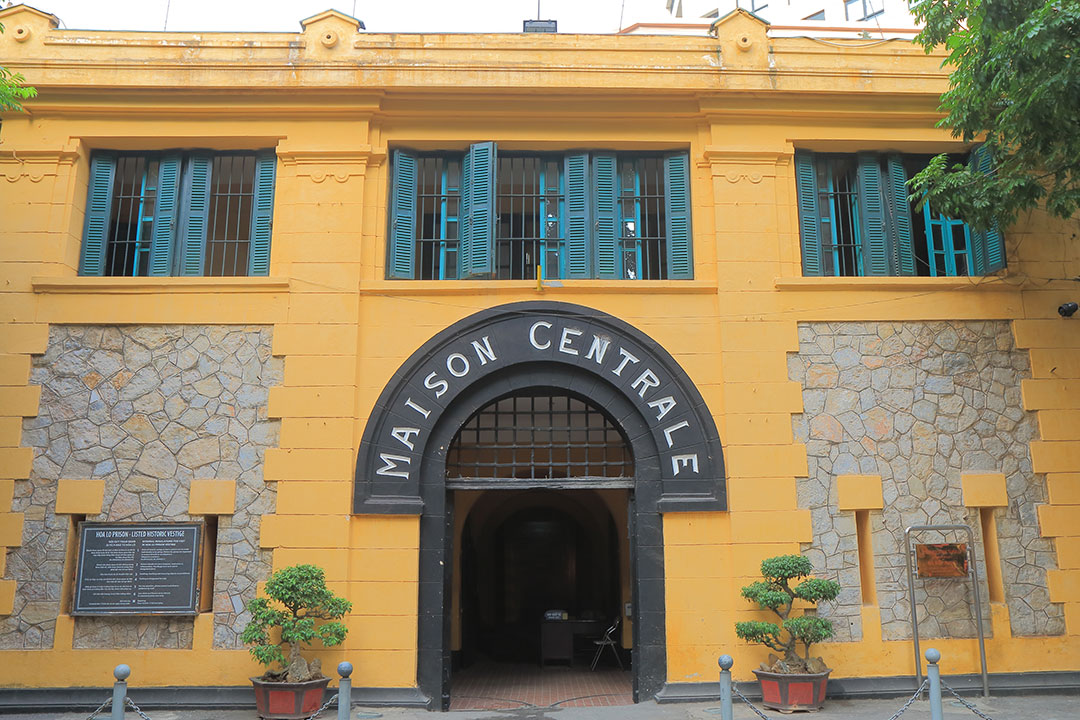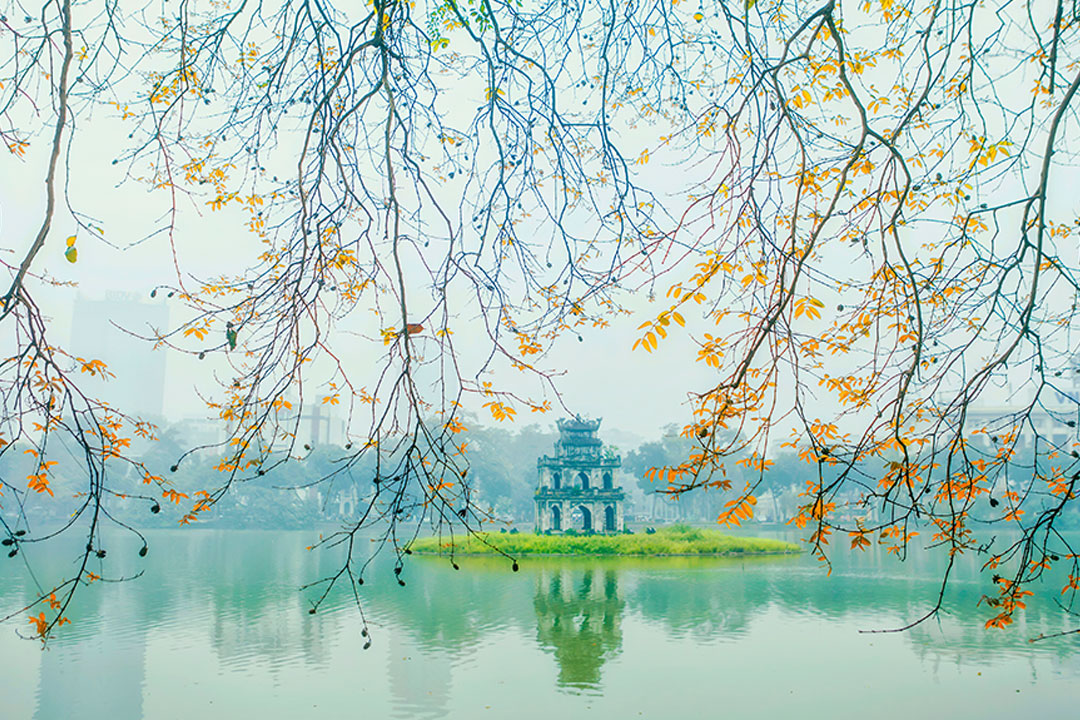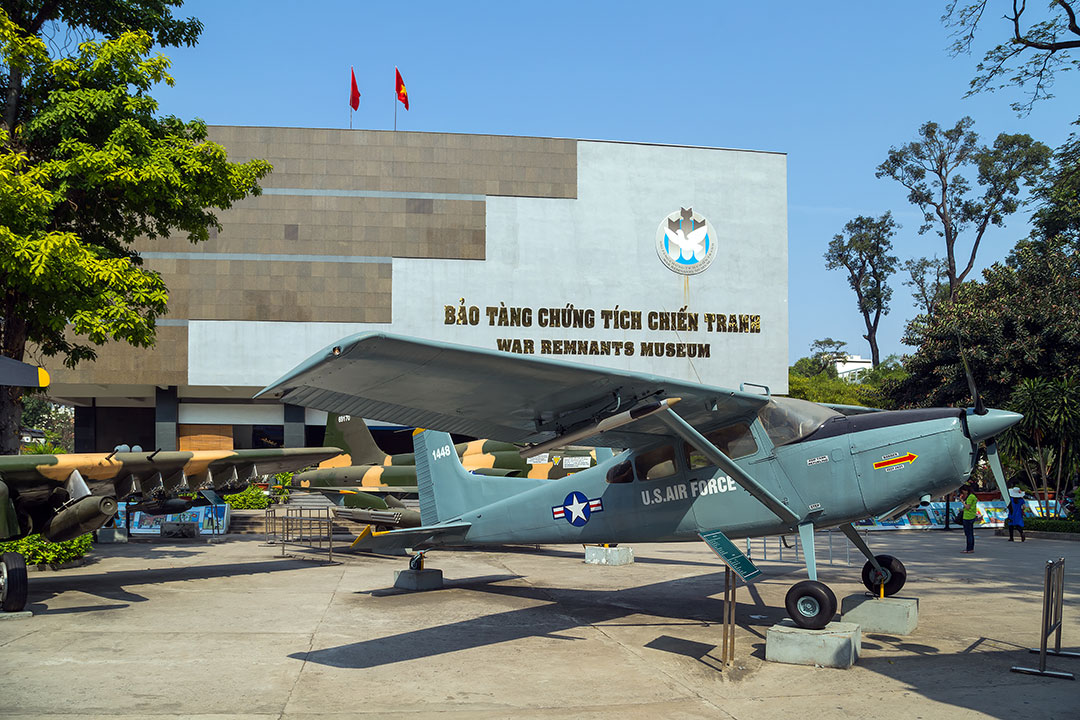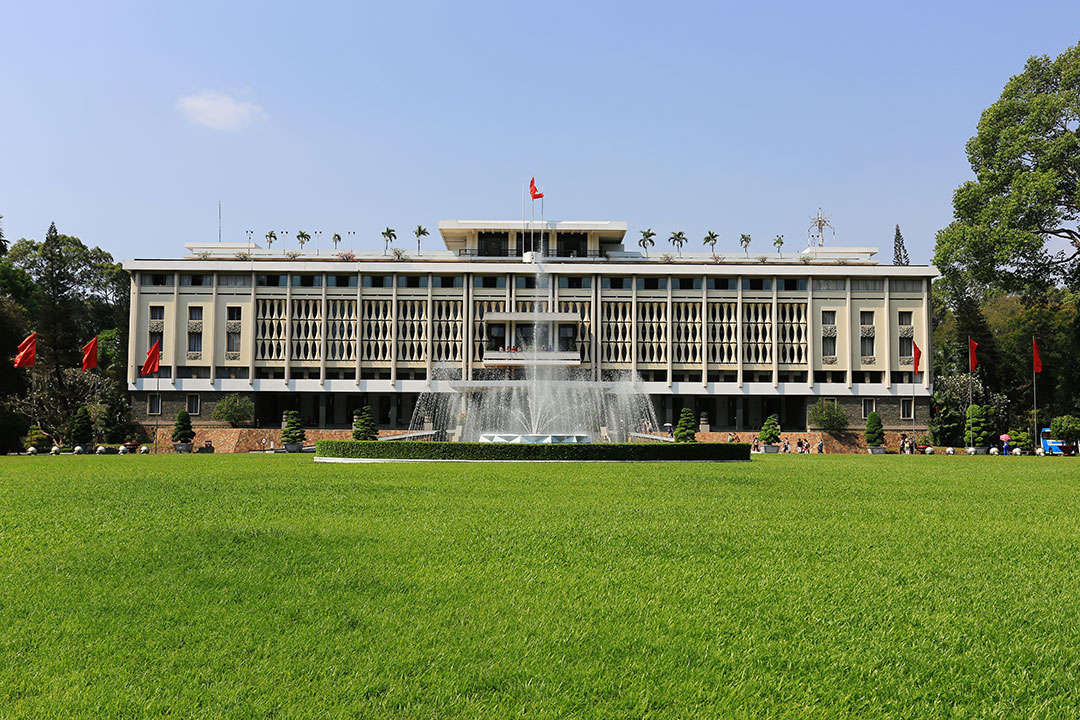- Tour
- Destinations
- Types of tourism
- Travel Blogs
Dec
2025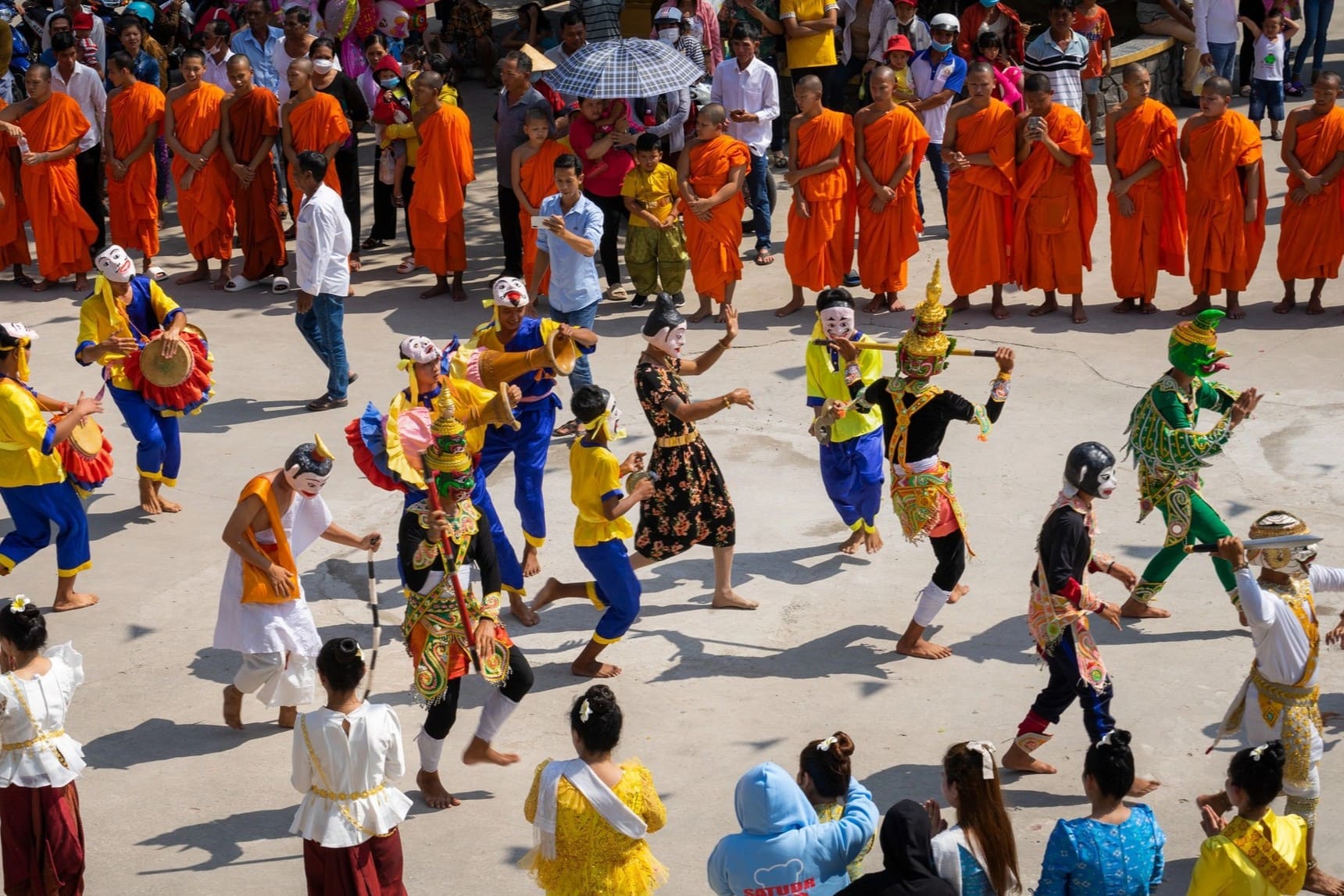 4 November-4 December
4 November-4 December 4 December-4 December
4 December-4 December
Can Gio Monkey Island in Ho Chi Minh City offers a refreshing escape from the city’s buzzing motorbike chaos. Just a short distance from the center, Can Gio welcomes you with lush mangrove forests, winding waterways, and a fascinating history. Here, you can meet playful long-tailed macaques, drift through tranquil channels, and explore remnants of a wartime guerrilla base.
The Cu Chi Tunnels, located at TL15, Phu Hiep, Cu Chi District, Ho Chi Minh City, are a vast underground network of strategic passages, shelters, supply routes, and defensive traps.
Ho Chi Minh City, known as the "Pearl of the Far East," attracts both domestic and foreign tourists with its unique and diverse destinations.
Nestled on the tranquil shores of West Lake, Tran Quoc Pagoda is the oldest Buddhist temple in Hanoi, with a history spanning over 1,500 years. Built in the 6th century under Emperor Ly Nam De, this sacred site reflects Vietnam’s Buddhist evolution while preserving its spiritual and architectural grandeur.
The Complex of President Ho Chi Minh is more than just a historical site, it is a living narrative of Vietnam’s revolutionary past, deeply intertwined with the nation’s identity. Located in the heart of Hanoi, this vast memorial spans several landmarks, from the solemn Ho Chi Minh Mausoleum to the modest Stilt House.
Standing gracefully on a single stone pillar, One Pillar Pagoda is more than just a historic site in Hanoi, it is a testament to Vietnam’s rich spiritual and architectural heritage. Built in 1049 under Emperor Ly Thai Tong
The Temple of Literature (Van Mieu - Quoc Tu Giam) is a tribute to Vietnam’s enduring respect for knowledge, scholarship, and Confucian traditions. Established in 1070 by Emperor Ly Thanh Tong
For over a thousand years, Thang Long Imperial Citadel has stood as the heart of Vietnam’s dynastic power, a silent witness to the rise and fall of empires. Located in the historic core of Hanoi, this UNESCO World Heritage Site is a living testament to the nation’s resilience, culture, and architectural brilliance.
Hoa Lo Prison, often called the “Hanoi Hilton”, stands as a silent witness to Vietnam's tumultuous history, embodying tales of colonial oppression, wartime struggles, and national resilience.
Nestled in Hanoi’s bustling Old Quarter, Hoan Kiem Lake, also known as Sword Lake is more than just a scenic spot; it embodies the soul of Vietnam’s capital. Famous as the “Lake of the Returned Sword,” it is tied to the legend of King Le Loi and the divine sword returned to the Golden Turtle God. Today, Sword Lake remains a living symbol of Hanoi’s cultural identity, blending myth, history, and daily life.
War Remnants Museum sits in the heart of Ho Chi Minh City and offers one of Vietnam’s most powerful reflections on the Vietnam War. With striking photographs, preserved artifacts, and outdoor military displays, it delivers an unfiltered look at the human cost of conflict.
Nestled in the vibrant core of District 1, Independence Palace, also called the Reunification Palace, is a must-visit destination for those curious about Vietnam's modern identity. This iconic landmark played a central role during pivotal moments of the 20th century, particularly the fall of Saigon in 1975.
The Adventure Begins Here
Get regular inspiration straight to your inbox.
You can unsubscribe at any time.
Protected by Google reCAPTCHA.

